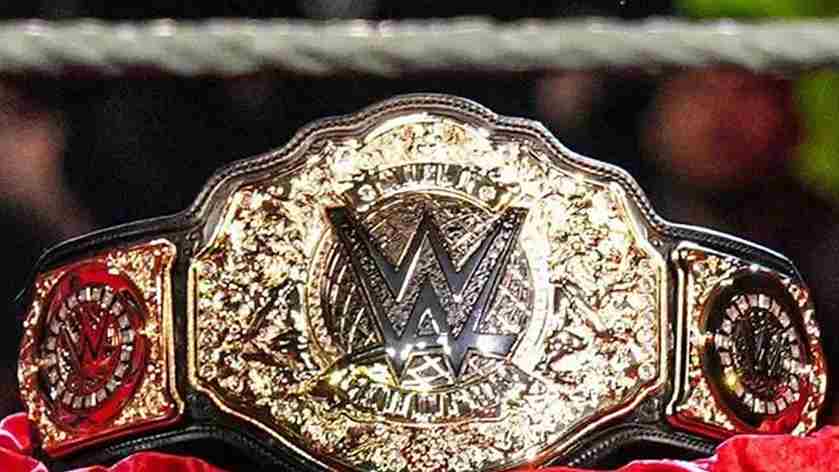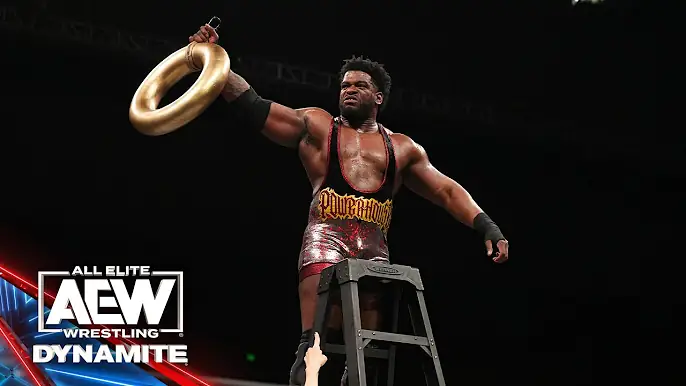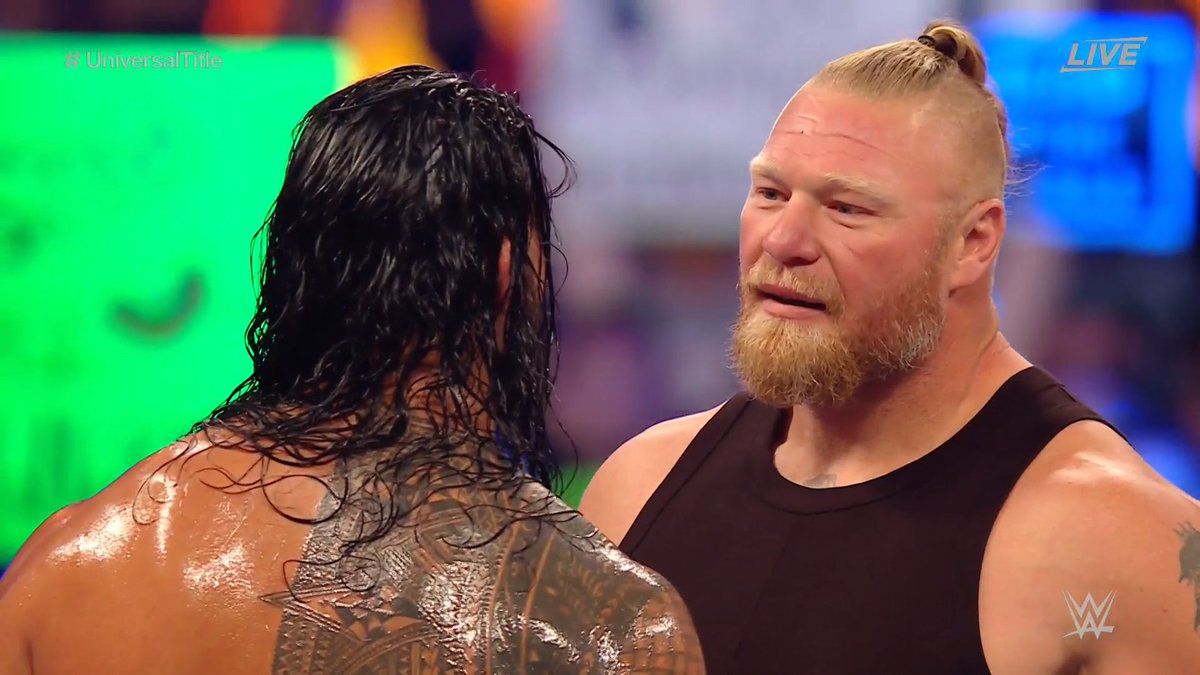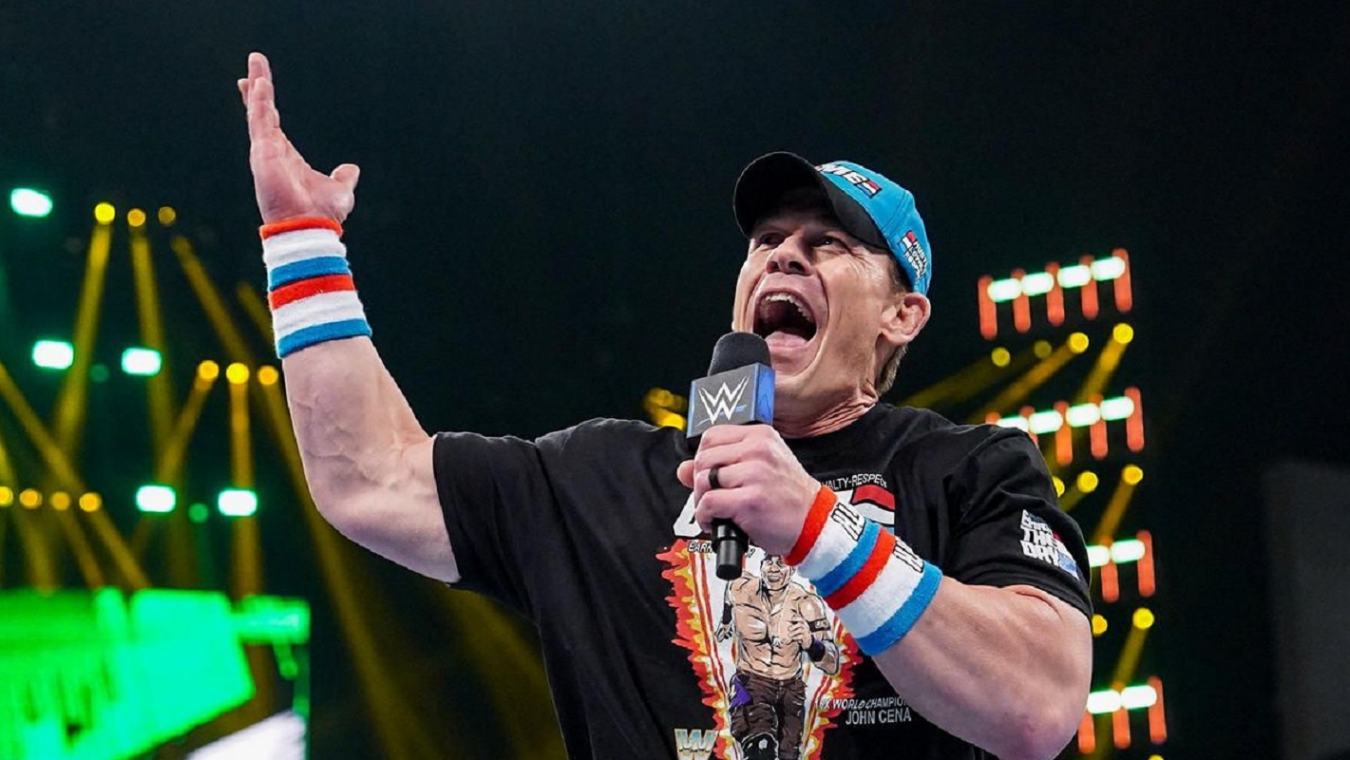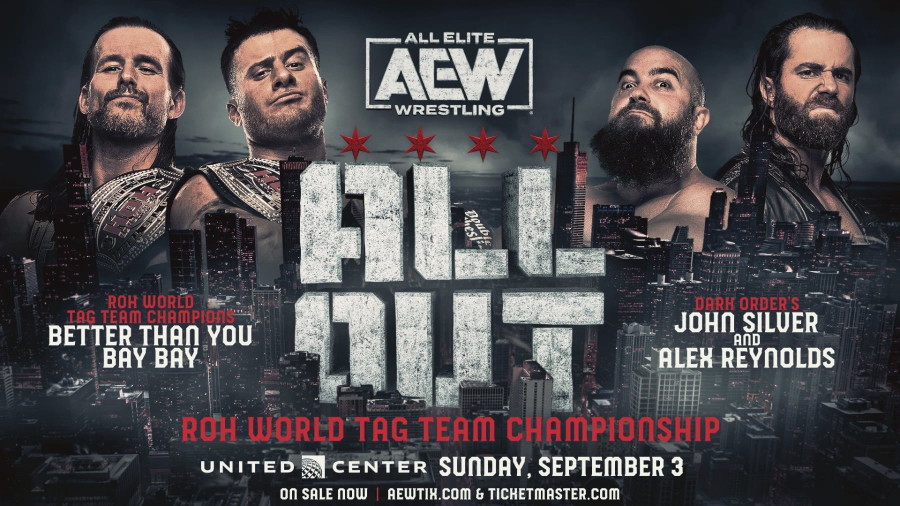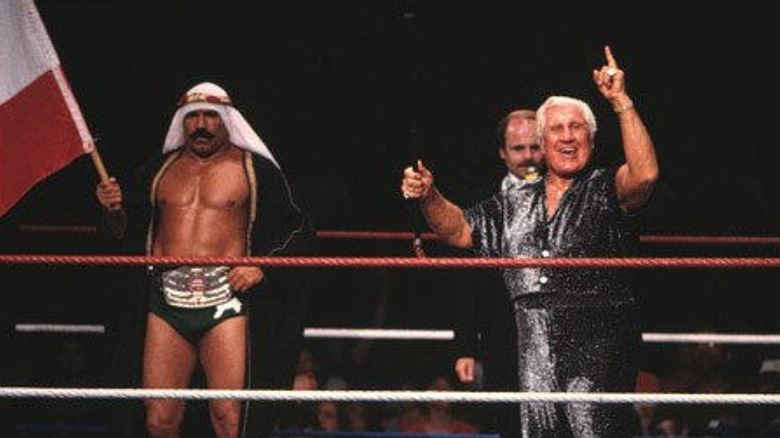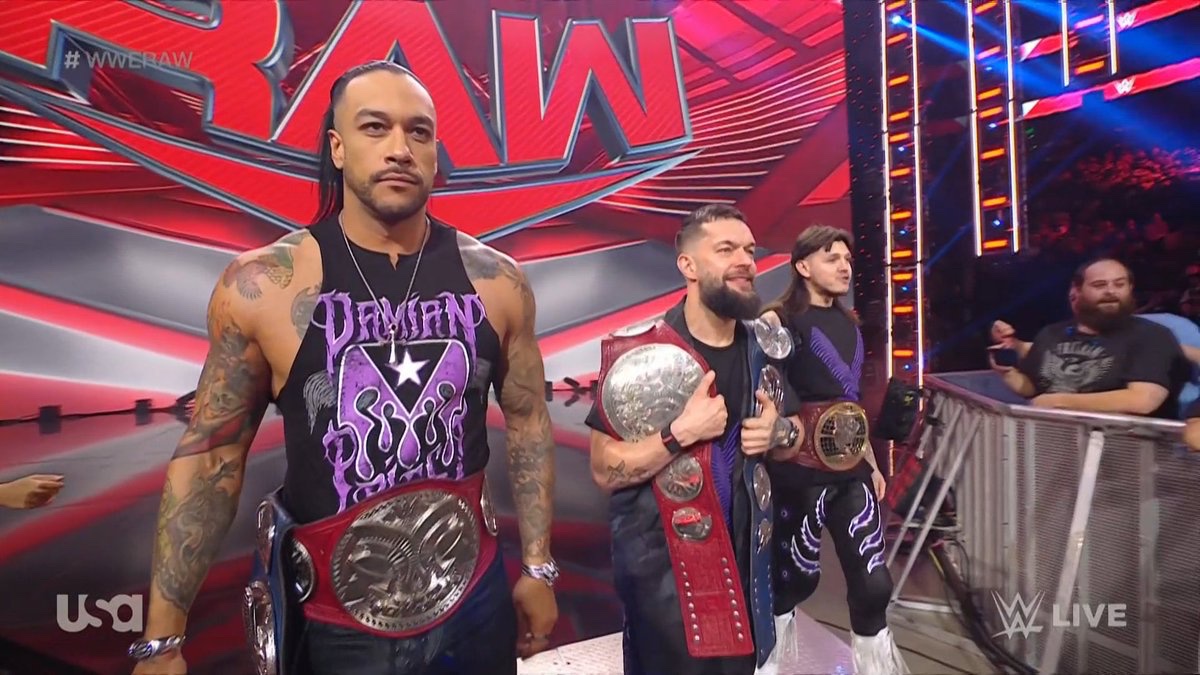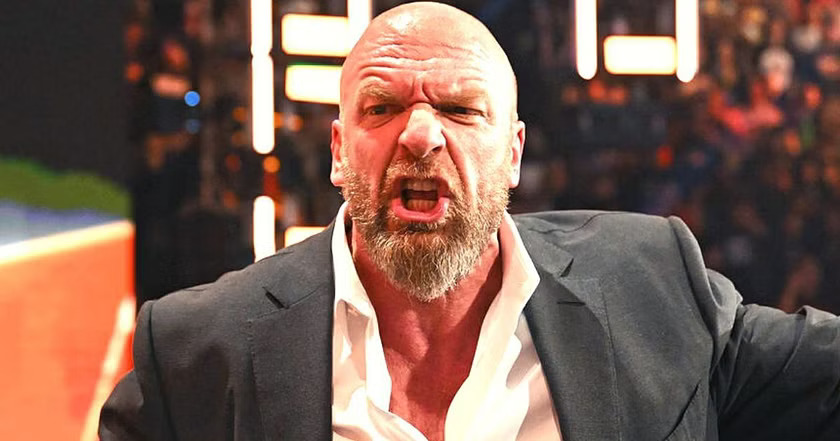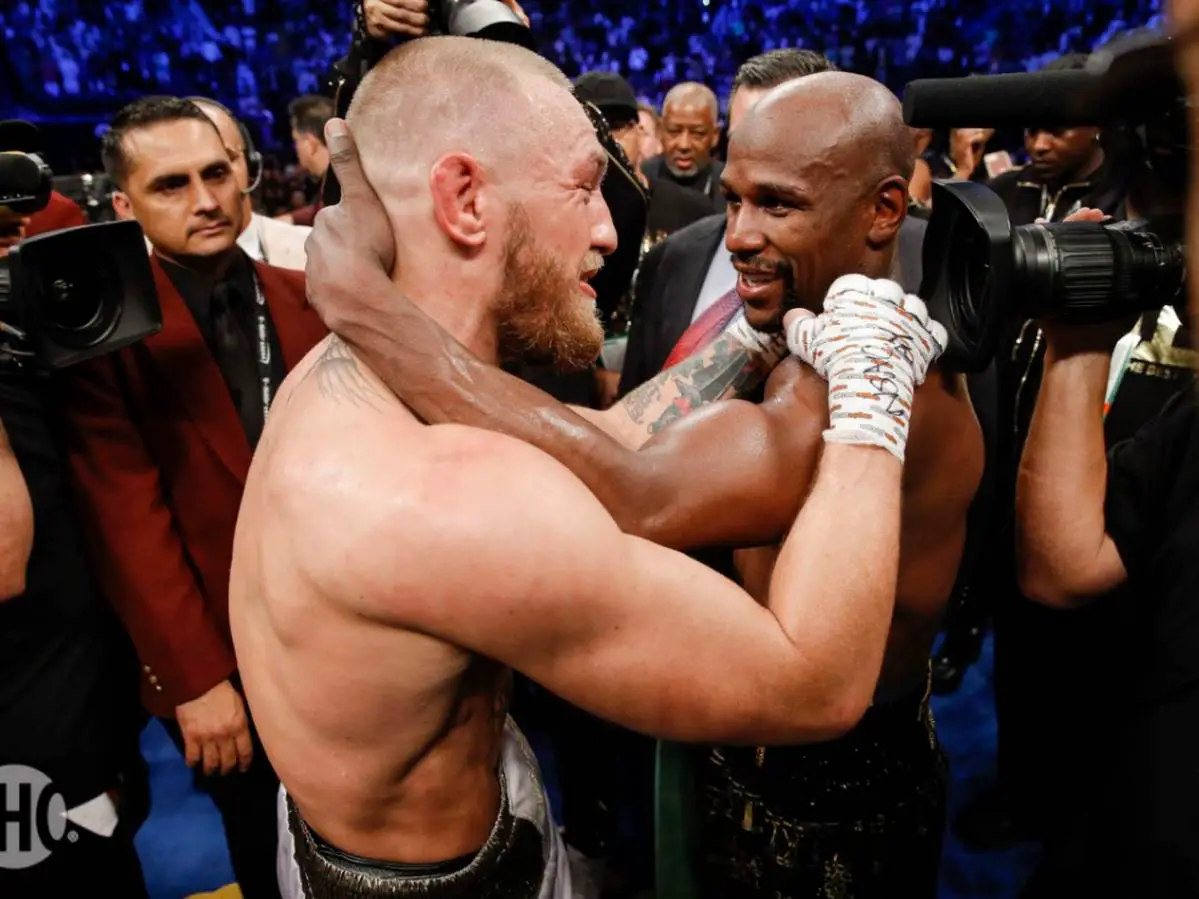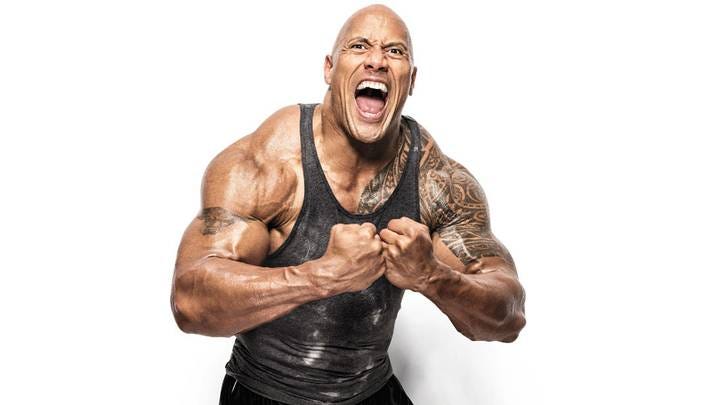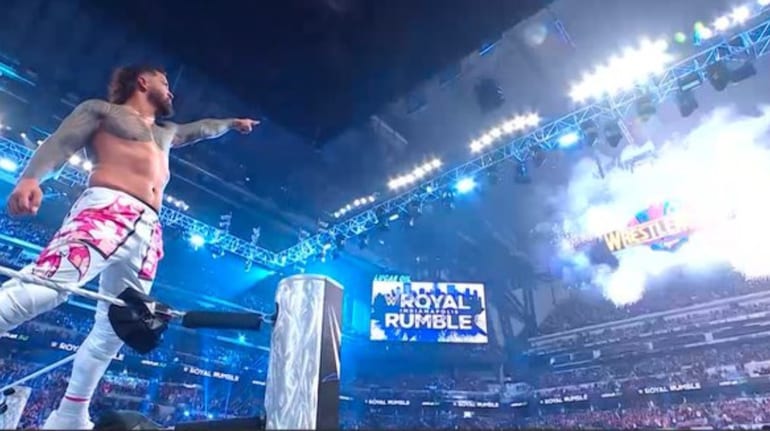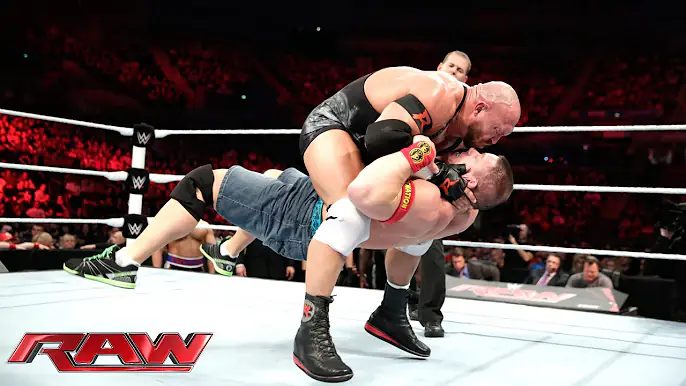What Do WWE’s New Championship Belts Say About Its Future
WWE’s introduction of new championship belts in recent years is not merely a cosmetic makeover; it’s a significant shift in the company’s branding and direction. WWE, under the guidance of Paul “Triple H” Levesque, is embracing a modern look and feel while also providing nods to its storied past. Redesigns for titles held by top stars like Roman Reigns, Rhea Ripley, Asuka, and Seth Rollins are all part of a strategic shift that speaks volumes about WWE’s future.
A Rich Legacy: The Evolution of WWE Championship Designs
The history of WWE title belts is as colorful and action-packed as the company itself. Since the inception of the WWWF World Heavyweight Championship in 1963, the belts have undergone a number of transformations, each reflecting the prevailing cultural trends and the champions’ personalities.
Early Designs
In its early years, the WWE title belts were very basic in appearance. The original titles all varied in appearance, with the Hogan ’86 title being one of the most well-liked designs of the era. The title featured a massive gold plate with a red strap, symbolizing the larger-than-life persona of Hulk Hogan.
Iconic Designs
As WWE changed, so did its championship belts:
Winged Eagle Championship: First introduced in 1988, this design was immediately a classic and was held by a number of legendary wrestlers, including Bret Hart and Shawn Michaels. Its ornate design featured an eagle in flight soaring above a globe, symbolizing strength and dominance.
Attitude Era Championship: The “Big Eagle” title that was debuted in 1998 during the Attitude Era represented the edgier style of wrestling that was prominent at that time. The title’s striking appearance was as bold as the attitude of icons like Stone Cold Steve Austin and The Rock.
Undisputed Championship: Following the unification of WWF and World Championships in 2002, a new belt was introduced featuring an eagle atop the globe. The new belt represented a new era for WWE as it attempted to consolidate its brand identity.
Spinner Belt: John Cena debuted this custom belt in 2005, and it became an integral part of his signature character. The spinning center plate was a tribute to Cena’s hip-hop sensibilities and appealed to a younger audience.
Big Logo Belt: This design was introduced in 2013 and featured a big cut-out of the WWE logo. It was co-designed by Orange County Choppers. It represented WWE’s commitment to modern branding.
Network Logo Belt: Introduced in 2014, this design showcased the then-WWE logo and became the standard for the majority of the men’s and women’s division championships.
New Belts: A Reflection of Change
The recent introduction of new championship belts signifies several watershed changes in WWE:
Leadership Transition
Since Triple H has taken on a greater role in WWE’s creative direction, the new belt designs are a testament to his aspirations to modernize the company’s image. Triple H aims to create a more cohesive visual identity that resonates with long-time and new fans alike.
Unified Branding
The new design for the titles consolidates WWE’s branding across titles and shows. The “Network Logo” design was utilized as a template for the majority of world championships, which allows for consistency that helps strengthen brand recognition.
Focus on Legacy
The new designs also assist in solidifying the legacy of WWE championships and their champions. For instance, Roman Reigns’ Undisputed WWE Universal Championship belt is designed to honor both the heritage of the WWE Championship and the Universal Championship. This serves to give respect to past champions while positioning current stars as part of an ongoing legacy.
Notable New Championship Belts
Several new championship belts have recently been introduced, each with its unique significance:
Undisputed WWE Universal Championship
Presented to Roman Reigns in 2023 to commemorate his record-breaking 1,000-day Universal Championship reign, this belt features a new design that maintains elements of previous incarnations but adds distinctive touches like black diamonds and a gold nugget-textured background. The words “Undisputed Champion” prominently displayed on the belt are a fitting touch to highlight Reigns’ status as one of wrestling’s largest stars today.
Women’s World Championship
This title was introduced in 2023 and is currently held by Rhea Ripley. The title’s design is inspired by modern aesthetics as a tribute to women’s achievement in wrestling.
WWE Women’s Championship
Asuka now holds this newly acquired title, which signifies the importance of women’s wrestling in the overall scenario of WWE.
World Heavyweight Championship
Seth Rollins was the first to have this new title. The title is designed to be prestigious while being in line with contemporary branding.
Fan and Talent Reactions to New Designs
Reaction to these new title belts has been mixed among fans and talent. Some fans enjoy the new design and modern look that aligns with current trends in sports entertainment. They consider these changes as necessary to help WWE keep its position in an ever-evolving landscape.
But other fans who have been followers for decades are nostalgic about classic designs that have a sentimental value for them. In their opinion, some of the legendary belts are a part of wrestling history and should not be changed or remodeled.
WWE talent has also chimed in regarding the new belts. There are wrestlers who like the aesthetic changes because they suit their characters and storylines. Then there are others who are more focused on functionality like how comfortable or functional they are during matches.
Looking Ahead: What New Championships Mean for WWE’s Future
The introduction of new championship belts is a clear sign that WWE is looking to the future. The revisions all signal several key directions for the company:
Modernization
The new designs reflect an effort to stay current with evolving tastes among fans and attract younger viewers who may be witnessing wrestling for the first time.
Star-Centric Focus
By introducing new belts alongside its best champions like Roman Reigns, Rhea Ripley, Asuka, and Seth Rollins, WWE puts its largest stars’ importance first in its narrative framework. This helps add to their legacies while making for compelling storylines that fans can be engaged with.
Cohesive Brand Identity
Cohesive design elements across various championships give the brand a unified identity that enhances recognition by the fans. Consistency helps in reinforcing WWE’s position as a leader in sports entertainment.
Respecting History While Innovating
While embracing change with fresh designs, WWE still holds on to its rich tradition. Incorporating legacy elements into modern designs allows fans to connect with the legends of the past as well as the stars of today.
Conclusion: A Symbolic Shift Towards Tomorrow
Lastly, WWE’s new championship belts are more than just bling; they’re representative of a company undergoing dramatic evolution. By modernizing its image while respecting its storied past, WWE is positioning itself for continued success in a more competitive landscape.
These redesigns are as much a reaction to leadership changes as they are an acknowledgment of evolving fan expectations and industry trends. As WWE looks to the future, these new titles will undoubtedly play a central part in shaping its narrative universe—one where tradition meets innovation—and where every champion carries not just a title but a piece of wrestling history into the ring of tomorrow.
